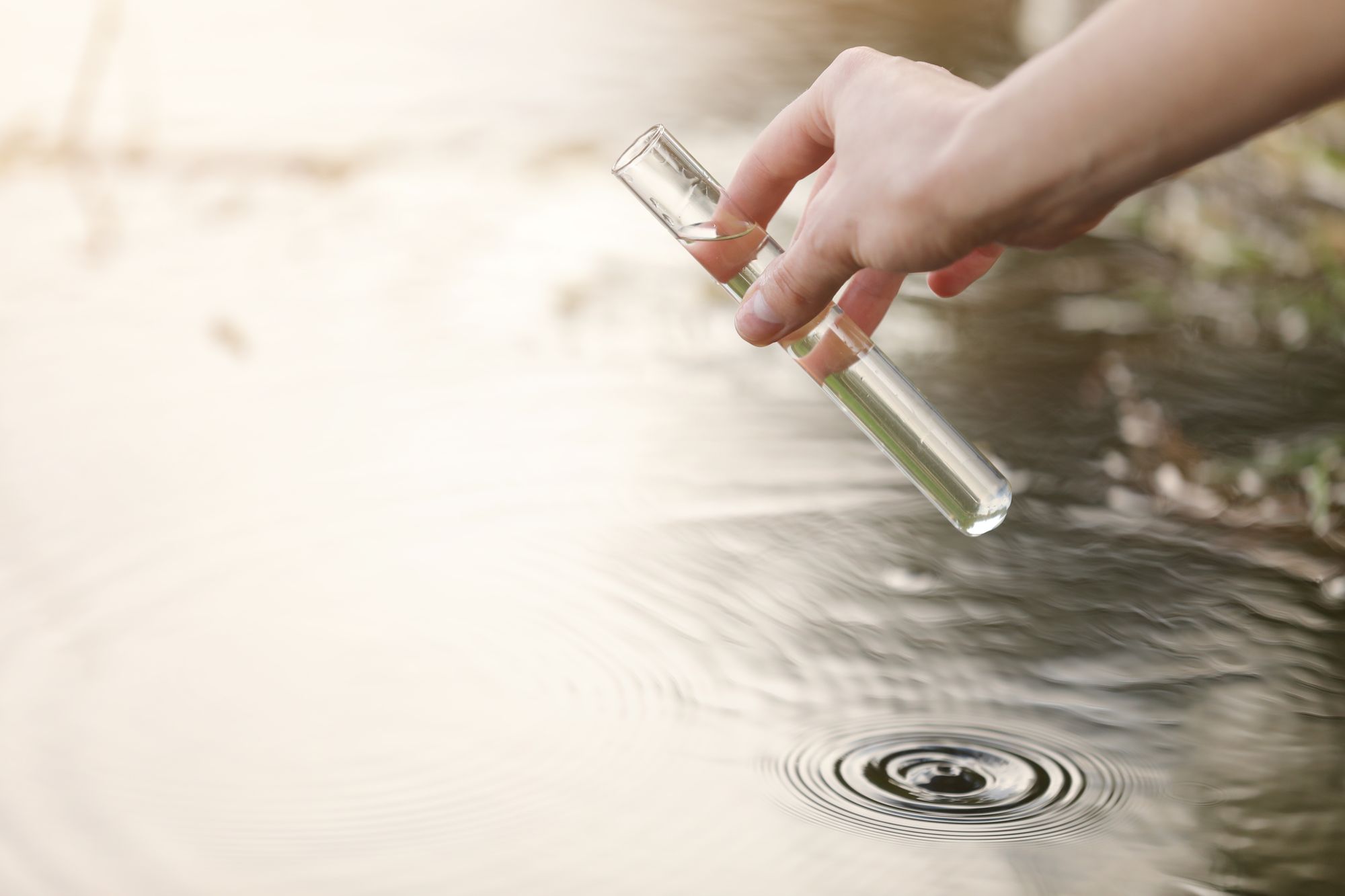While cleanup of the contaminated aquifer under Elmira progresses and the amount of contamination decreases, one well site is showing a striking increase in one problematic chemical.
Chlorobenzene is increasing at one well site, CH-75B, in the Elmira aquifer, with some experts positing the source is not the usual suspect, the Lanxess chemical plant.
The groundwater contamination was initially uncovered in the late 1980s and early 1990s. Elmira’s drinking water is now sourced from Waterloo. In 1989 NDMA and chlorobenzene were detected in both the upper and lower aquifers under Elmira.
The Technical Advisory Group, a body of experts and citizens formed by the township to review the technical aspects of the Elmira aquifer cleanup, first heard about the possibility of another source of chlorobenzene in 2017.
“We’ve known that there likely is another source of chlorobenzene since Neil Thomson presented the revised conceptual site model that we had in 2017. So at that point in time, it was thought that there was another source,” said Tiffany Svensson, the chair of TAG.
Neil Thomson is a UW professor of civil and environmental engineering and was retained by Lanxess to create a conceptual site model, which is a pictorial representation of the contamination in the aquifer under Elmira, and how contaminants move through it.
Chlorobenzene is a chemical often used as a solvent, including in pesticide formulations, in the creation of polyurethane products, degreasing automobile parts and to produce nitrochlorobenzene (which is another chemical used to create many other products). Chlorobenzene is also used in silicone resin production, as a solvent for paints, as insecticide, pesticide. It can also be involved in dyestuffs production and other products.
“As Professor Thomson was completing his work, he noted that more chlorobenzene was being recovered than was estimated to be in the plume,” said Michael Mackin, a spokesperson for Lanxess.
Mackin said that, overall, the columns, or plumes, of chlorobenzene in Elmira’s upper and lower aquifers have been greatly reduced by 96 and 80 per cent respectively.
He says what remains of these plumes are migrating eastward and upgradient as the pump and treat system works to pump contaminated water out of the aquifer, clean it and then deposit it into Canagagigue Creek.
However, one well in the southern portion of the aquifer has been showing an increase in chlorobenzene. According to last month’s presentation from another Lanxess consultant, the well showed non-detect or very low levels of chlorobenzene from 1991 until 2014. There was a slight increase detected in 2015 and 2016. Then, the levels of chlorobenzene detected began increasing dramatically in 2017.
Svensson says this increase also coincides with the introduction of pulse pumping, a technique used to extract extremely diffuse amounts of NDMA, the other major contaminant in the aquifer, which could be impacting the concentration of chlorobenzene.
Mackin also pointed out that fluctuations in a pump can be normal and that a plume can appear to migrate toward the direction of a pumping centre.
During his presentation about the status of the aquifer, Ramin Ansari, the corporate manager of environmental affairs and remediation, said Lanxess retained an outside expert to analyze the chlorobenzene detected at the well.
He said the isotope “fingerprints” of the chlorobenzene recovered on the Lanxess site are distinct from that found offsite, meaning, the chlorobenzene detected at the southern well is likely from a source other than the Lanxess property.
The expert indicated there is another source of chlorobenzene seperate from from the Lanxess site, said Mackin.
Mackin also said early computer model simulations were performed in the 1990s to predict how much chlorobenzene would be extracted from the aquifer. These simulations did not match real-world results, and the amount extracted was higher than model predictions by a factor of approximately three.
The Ministry of Environment, Conservation and Parks staff say they are not aware of a second possible source of chlorobenzene contamination, saying that, overall, chlorobenzene concentrations have been decreasing, according to Lanxess reports.
“The locations of the chlorobenzene concentrations in off-site groundwater are within the boundaries of Lanxess’ existing off-site groundwater impacts and being contained by their off-site groundwater collection system,” said Gary Wheeler, a spokesperson for the ministry. “The ministry will ensure that Lanxess continues to fulfill all ministry requirements to contain on-site contamination and remediate off-site contamination in the municipal aquifers.”
Since the chlorobenzene present in the aquifer is encased in the much larger NDMA plume, Mackin said Lanxess staff will “still capture chlorobenzene as we continue with the objectives of NDMA plume containment and mass reduction.”
“Lanxess is committed to being a responsible neighbour and community partner, and to continue efforts towards remediating legacy environmental issues from a previous site owner and from an outdated era of operating protocols and regulatory oversight,” he said.


